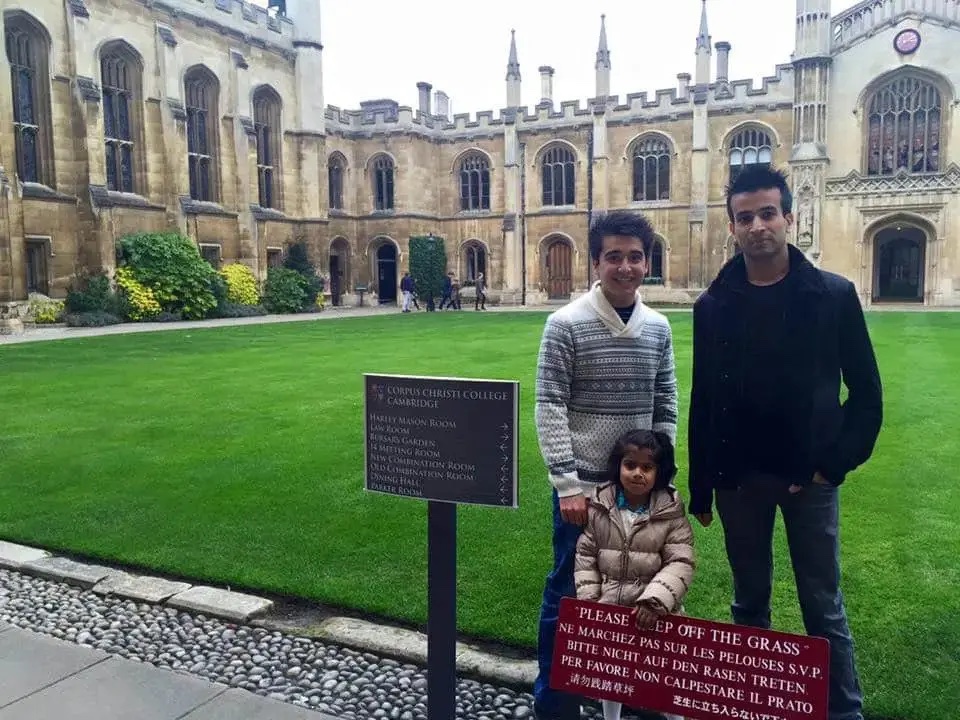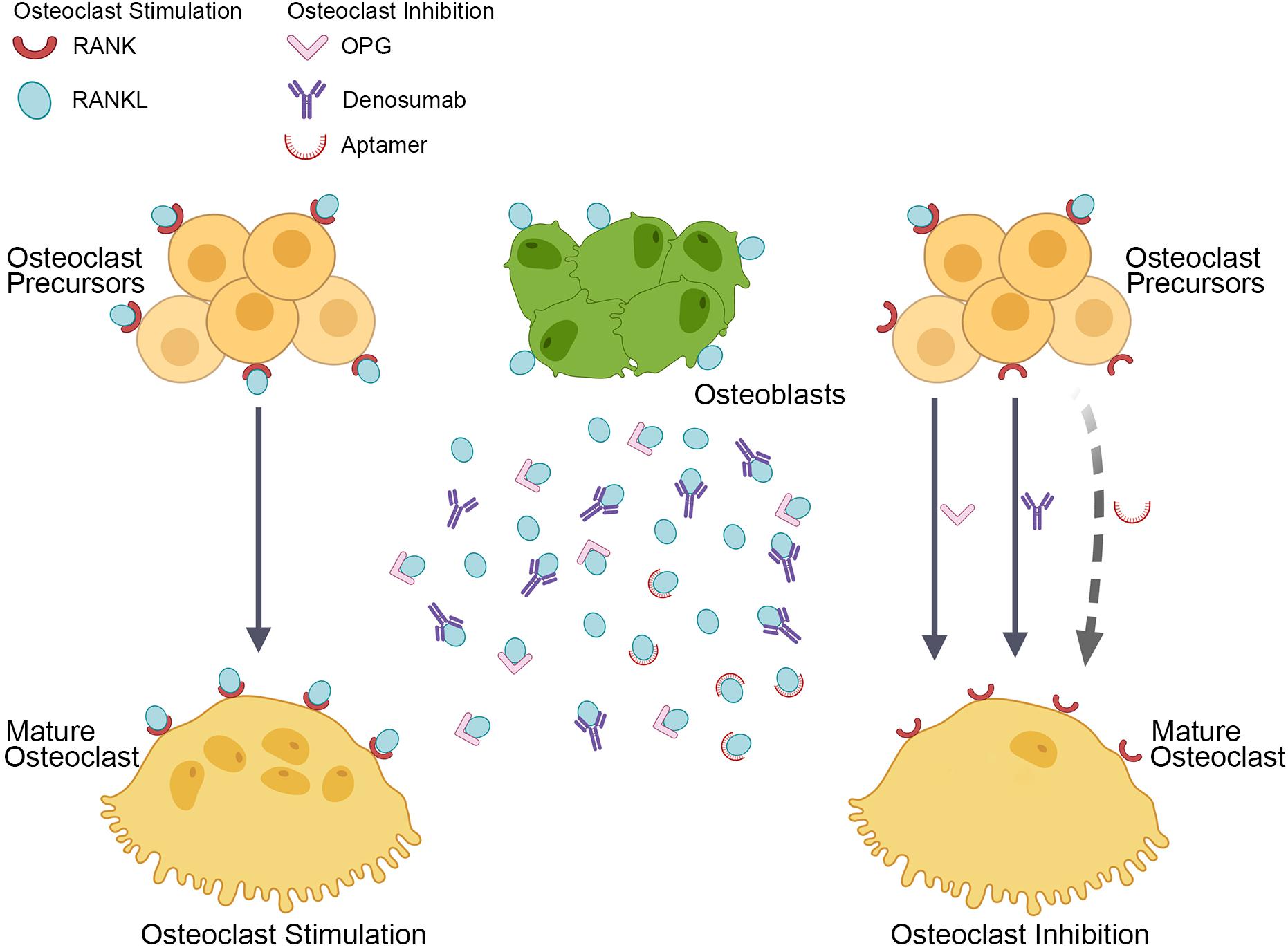Summer of Year 12 – don’t waste it
Dear Friend,
Greetings this week from south of Spain. I really needed a holiday after I was so burnt out from the past few months. I can understand that several of you must be in a similar position after placement and exams and I hope you are enjoying your summer.
Whilst the majority of you will be enjoying your summer, for those of you in Year 12 (lower sixth form) you need to convince yourself that this summer is not a normal holiday. You have to train yourself into thinking that this is a working summer which will potentially influence your life trajectory (sorry if that sounds scary).
When I was in this position 8 years ago, I found it very difficult to organise my time. There were so many things to do that it all started to feel very overwhelming. For example you have to write your personal statement, revise for the UCAT and BMAT, think of universities to apply for, do work experience etc. Thinking about all this even now makes me question how I managed to do it.
I think the key thing for me was the picture below. That summer I went to an open day at the University of Cambridge – seeing the medical school and colleges really inspired me. Whenever I was tired or thought of giving up, the memory of that open day would push me on and help me overcome the various challenges as I thought, “I have to do this.”
That’s why this week, I wanted to give some advice from my personal experience on how to use the summer after Year 12 to its maximum potential to ensure you are in the best position to apply to medical school, all whilst ensuring that you do have a rest and recharge your batteries for Year 13.

Make a timetable to organise your summer
It seems almost absurd that you need to make a timetable for your summer holidays. Timetables are something that you would be following at school everyday, so surely you should be throwing your timetable out of the window during the summer right? However, the way that you will get the most out of your summer is by making a timetable. This will let you organise your thoughts and prevent you from getting overwhelmed.
A word of caution. Making a timetable is easy, much like is making a diet plan. However sticking to it is the difficult thing. Therefore, the key when making a timetable is to be realistic and ask yourself, “Knowing what I know of myself, will I actually be able to follow this?’” Personally, I never revise more than 4 hours a day, so making a timetable where I am working 6 hours daily would be futile. Therefore, tailor your timetable to your needs, working style and itinerary. But once that timetable is made, you should become like a robot in following it.
Below is the timetable that I used for my summer of Year 12. For me, the key was consistency as I like routine. I wanted a simple timetable that was easy to follow and that let me enjoy my evenings (as I am an evening person). It worked very well for me so I’d encourage you all to give it a go.
Monday:
Morning – 11am to 1pm –> UCAT/BMAT revision
Afternoon – 2pm to 4pm –> Personal Statement Preparation (Reading my book)
Tuesday:
Morning – 11am to 1pm –> UCAT/BMAT revision
Afternoon – 2pm to 4pm –> Personal Statement Preparation (Work Experience)
Wednesday:
Morning – 11am to 1pm –> UCAT/BMAT revision
Afternoon – 2pm to 4pm –> Personal Statement Preparation (Reading my book)
Thursday:
Morning – 11am to 1pm –> UCAT/BMAT revision
Afternoon – 2pm to 4pm –> Personal Statement Preparation (Volunteering)
Friday:
Morning – 11am to 1pm –> UCAT/BMAT mock test
Afternoon – 2pm to 4pm –> Personal Statement Preparation (Writing up my weekly experiences)
I hope you can see that the total time that I was working a day was only 4 hours. In addition, I still got to keep my daily lie-in, and being finished by 4pm gave me the opportunity to meet friends in the evening (before COVID times), go out for dinner, play some sport and just relax. However, unlike a lot of my friends who supposedly work 8 hours and just procrastinate, I was able to get so much more done. I managed to revise for the UCAT/BMAT and do all the components for my personal statement without even noticing.
Get everything done before September
The next ultra-important piece of advice is to try your best to get everything completed before September. The picture on the right is me presenting my EPQ project on chess after school. This is just one of the number of extra-curricular activities I had to do, whilst at the same time finishing my homework, preparing for my interview and the BMAT and unfortunately also having to commute 1.5 hours to my school there and back everyday.
Therefore, to avoid being in a situation where you feel like drowning in the autumn, I would set an artificial deadline in your minds of September 1st. Try to get your first draft of your personal statement complete by then, and ensure that you have got your UCAT out of the way.
Make a note of everything you are doing
Whilst this may not seem that important, I would highly recommend keeping a diary and recording everything that you are doing in it. If anything, it just gives you a space to jot down your thoughts and clear your heads. When I was applying, I kept a black diary in which I wrote up notes about all my work experience, volunteering and reading, as well as tips and tricks for the different sections of the UCAT and BMAT. I kept this book with me at all times, so much that my family started referring to it as the book of the Half Blood Prince.
Keeping a record like this will motivate you as it will show you the amount of work and things you are actually achieving in such a short space of time. In addition, it is an invaluable source of information when you reach your interview.
Summary
Whilst I know that my way may not be the right way for you, the general principles that you need to work hard, start your preparation early and make a timetable are consistent components for most students that got offers to study medicine. The key point is that even if you are very nervous and stressed about your application (of course you will be), there are countless other students who were and are in the exact same situation as you (myself included). But now that you have decided to study medicine, give the application your all.
You don’t want to be sitting there next year asking yourself, “If only I had done more” – it really is a year that could change your life forever, and hopefully, you’ll avoid making the mistakes I made in your journey. The summer of Year 13 is the one to really enjoy. And from personal experience, it is much easier to enjoy a summer with an offer to study medicine in your hand as you will feel like you really have deserved a good break.
Best of luck!
Drug of the week
Denosumab
This is a monoclonal antibody which blocks the action of RANK ligand.
RANK ligand usually binds to the RANK receptor and promotes osteoclast activity.
This drug reduces osteoclast activity and so is used to treat osteoporosis.
It is more used in post-menopausal women who are intolerant to other drugs or have renal failure.

A Brain Teaser
A 33-year-old woman presents to the emergency department with a severe headache. It started three days ago and it built up gradually, becoming unbearable today. Additionally, she is experiencing diplopia and vomiting. She is healthy and has no past medical history. She is a smoker with a 10-pack-year history.
As the doctors are examining her, she suffers from a seizure, which is self-terminating. She never experienced these symptoms before.
What is the most likely diagnosis?
A: Meningitis
B: Migraine
C: Normal pressure hydrocephalus
D: Subarachnoid haeamorrhage
E: Venous sinus thrombosis
Answers
The answer is E – Venous sinus thrombosis
The correct answer is venous sinus thrombosis. This patient is presenting with slow-onset severe headache, diplopia, nausea and seizures. These are all features of increased intracranial pressure. These, together with the patient’s smoker status, point towards a hypercoagulable state, leading to a diagnosis of venous sinus thrombosis.
Venous sinus thrombosis is defined as a thrombotic obstruction of the cerebral veins and/or dural sinuses. The thrombus will reduce the venous drainage, increasing the intracranial pressure, leading to the aforementioned symptoms. MR venogram is a form of MRI which is used to diagnose this condition, as non-contrast CT head is normal in around 70% of patients.
Meningitis would present with fever, photophobia and neck stiffness, rather than symptoms of elevated intracranial pressure, such as headache, diplopia, vomiting and seizures.
Migraine would not explain the seizures, even if sometimes they can cause diplopia and vomiting.
Normal pressure hydrocephalus would present with dementia, incontinence and disturbed gait, rather than with symptoms of purely elevated intracranial pressure such as diplopia, vomiting and seizures.
A subarachnoid haematoma would present with a severe, sudden onset thunderclap headache, photophobia and neck stiffness, rather than symptoms of elevated intracranial pressure.




